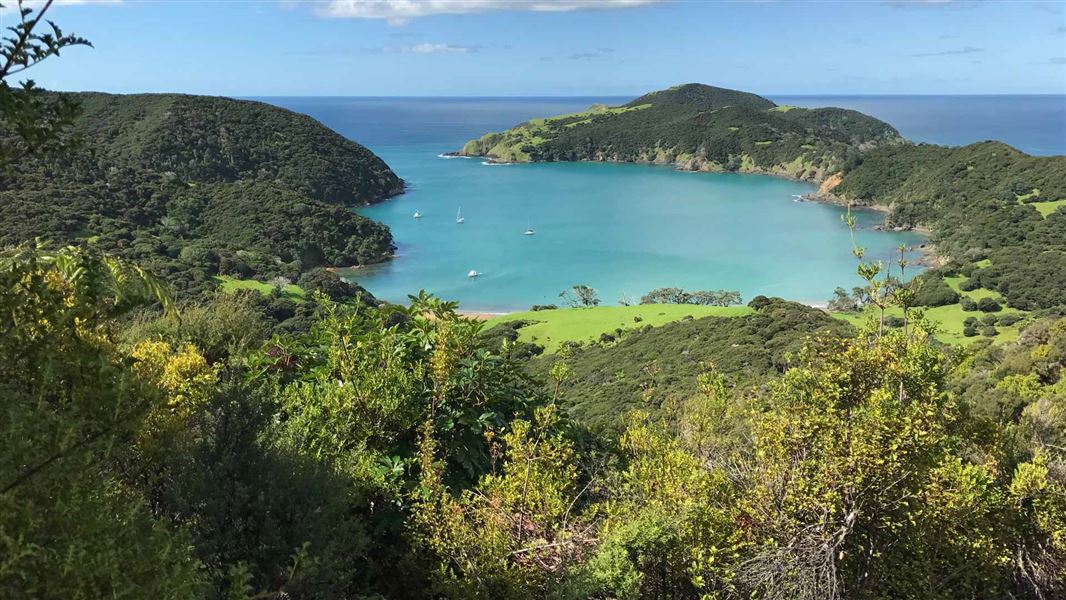
Introduction
The Whangamumu, Kauri Grove and Te Toroa Tracks on Cape Brett Peninsula in Pewhairangi/Bay of Islands will be temporarily closed from Friday 2 April to protect kauri from the threat of kauri dieback disease.Date: 31 March 2021
DOC is working closely with with Rāwhiti 3B2 Ahu Whenua Trust to protect kauri in this area. The tracks will be closed until a Kauri Dieback mitigation plan has been put in place.
The popular Cape Brett Track from Oke Bay to Cape Brett will remain open.
DOC Pewharangi/Bay of Islands Operations Manager Bronwyn Bauer-Hunt says DOC, working alongside Rawhiti 3B2 Ahu Whenua Trust, is committed to protecting kauri.
“We appreciate the community’s patience and support while we work to ensure kauri are safe.
Rawhiti 3B2 Trust spokesperson Andre Witehera says they are working collaboratively to manage this issue.
"3B2 Ahu Whenua Trust supports all efforts in safeguarding the mauri of this taonga, and we are working in partnership with the conservation agencies to have a mitigation plan in place to prevent the spread of this devastating disease.”
Kauri dieback is a microscopic fungus-like pathogen that spreads through the movement of contaminated soil and water. People walking through contaminated soil or water can spread the disease on their footwear.
DOC is encouraging those who visit the area to use other tracks while the reserve is closed. Information on other open tracks can be found on the Whanagamumu track webpage and Cape Brett Track webpage.
A map of closed tracks is available for download (PDF, 293K)
Unauthorised access to the reserve could result in fines or prosecution under the Reserves Act. If you see anyone entering the prohibited areas, we encourage you to call 0800 DOCHOT.
Background information
Kauri dieback is caused by microscopic spores in soil that infect kauri roots. Kauri dieback can be spread by just a pinhead of soil. But you can help save kauri.
- Clean soil off your footwear and other gear every time you enter or leave an area with native trees, and at every cleaning station.
- Use disinfectant only after you've removed all soil.
- Stay on track and off kauri roots. Their roots can grow outwards 3 times as far as its branches.
- Spread the word within your networks on how to stop kauri dieback.
Infected trees may not show it – always assume there is kauri dieback. If you're in native bush in the upper North Island, it's likely you'll be near kauri. More information can be found on the kauri dieback website.
Contact
For media enquiries contact:
Email: media@doc.govt.nz